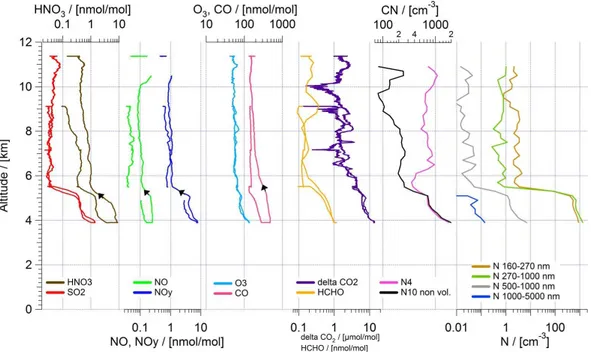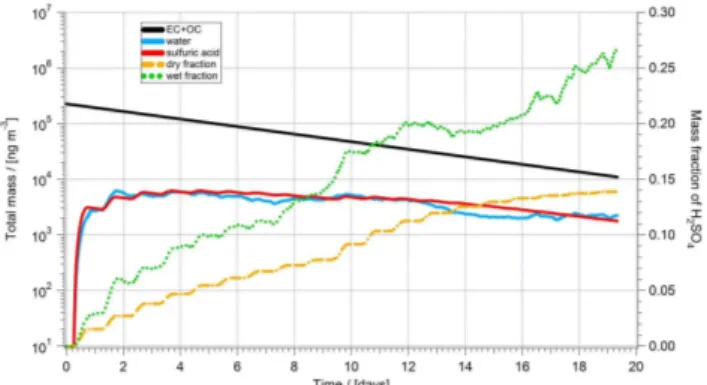African biomass burning plumes over the Atlantic: aircraft based measurements and implications for H<sub>2</sub>SO<sub>4</sub> and HNO<sub>3</sub> mediated smoke particle activation
Texto
Imagem
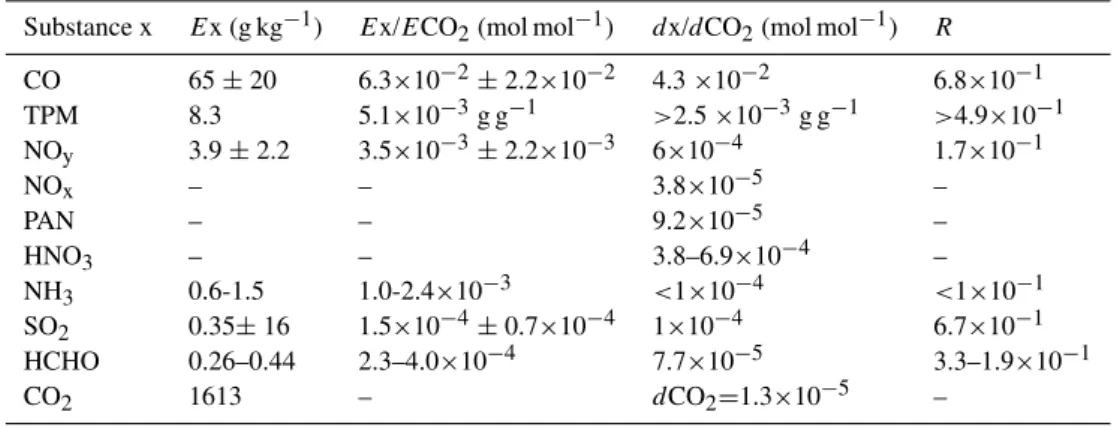
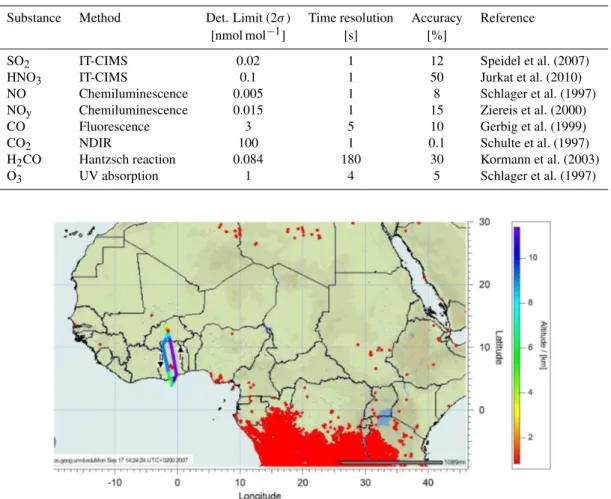

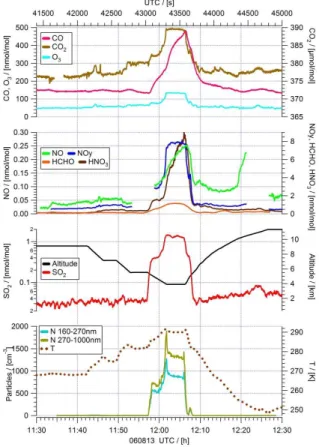
Documentos relacionados
IMK-IAA retrievals of temperature and trace gases from MIPAS reduced resolution (RR) UTLS-1 mode are shown. Vertical resolution and precisions of RR UTLS-1 mode
Another impact of non-acyl peroxy nitrates is that they are a possible positive inter- ference to in-situ NO 2 measurements in the upper troposphere because the non-acyl peroxy
We use results from two field campaigns to investigate (a) the precision requirements of the concentration measurements above different ecosys- tems under varying
The comparison of the results of two different particle counters (50 % cut-off size: about 1.5 nm or 2.5–3 nm) point to the fact that the early growth process of the nucleated
In our previous studies (Benson et al., 2008; Young et al., 2008), we reported the residual [H 2 SO 4 ] (measured at the end of the nucleation reactor) and further used the
Column measurements can be used to quantify the emission flux/production rate from an area source by driving around the source or driving up- wind and downwind of that source area..
The framework is based on a mass balance ap- proach and given that for Europe most of the components have been independently estimated, di ff erent accounting schemes may be used
In order to better quantify the effect of base molecules on the total sulfuric acid measured by CIMS, the following parameters need to be known: the percentage of nitric acid
